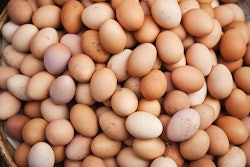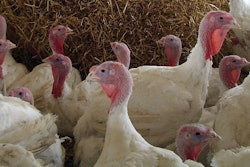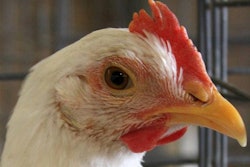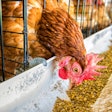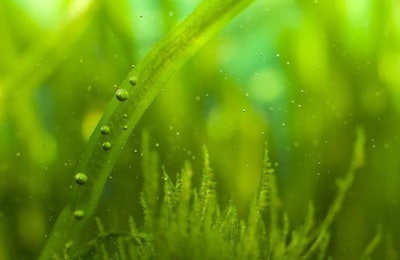
Hawaii’s Agribusiness Development Corp. has proposed using food wastes—particularly papaya—to grow algae that can be used as an ingredient for animal feed.
If the project is proved to be viable, farms in the state could become “zero waste,” reports Hawaii Tribune-Herald.
On a pilot scale at the USDA Pacific Basin Agricultural Research Center, and in collaboration with the University of Hawaii Hilo, researchers were able to show that papaya could be used successfully as a feedstock for the algae, Chlorella protothecoides. End products of their demonstration-scale work were algal oil, which can be used as a biofuel, and algal meal, which has the potential to be used as an ingredient in animal feeds.
Following the success of this pilot work, the State of Hawaii is investing US$1.5 million in a new facility to investigate whether the process can be scaled up to become a commercial business. Construction—initially of four 2,000-gallon tanks—could be completed by the end of next year.
Around one-third of the state’s produce is unmarketable, according to project manager, Ken Nakamoto. Papaya will be the focus of the initial scale-up work, as it is widely grown in the district of Puna on Hawaii’s Big Island, he said. Other crops and wastes may be investigated at a future date.
Among the greatest challenges faced by Hawaii’s poultry and livestock farmers is the shortage of local feed ingredients, and the high cost of imports. In 2016, the cost of shipping from the mainland was US$150-200 per ton, according to Hawaii Business.
In a long-running project, Hawaii Pacific University’s Oceanic Institute has been looking for local ingredients for animal feeds. Researchers there have found waste papaya could be used as a feedstock for fungal protein that is suitable for fish and shrimp. In other work, they produced an algal meal that could provide a more sustainable alternative to fish meal in aquaculture diets.
Algal co-products and papaya processing waste were among the locally available byproducts identified as potential feed ingredients for local poultry by the Hawaii-based Ulupono Initiative. Trials revealed that a combination of algal meal and cassava could replace more than 40 percent of imported feed ingredients in diets for laying hens, without loss of egg production.
Other researchers at the University of Hawaii Hilo College of Agriculture, Forestry and Natural Resource Management (CAFNRM) have recently published a paper demonstrating the environmental benefits of growing marine micro-algae and timber on land on which soybeans were previously grown. The timber provides the power and carbon dioxide for the algae, and the algal biomass produces around the same amount of high-quality protein as the soybean crop.
Waste materials from the food industry are being explored for use in animal feeds in other parts of the world. In Europe, a recent project in Spain investigated a range of food products as possible feed ingredients, with researchers concluding that plant and dairy wastes could significantly reduce the environmental impact of broiler production. Scientists in Germany have found algal protein to be a satisfactory substitute for soybean meal in broiler diets.


